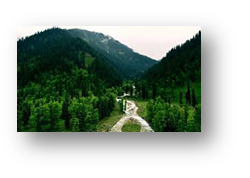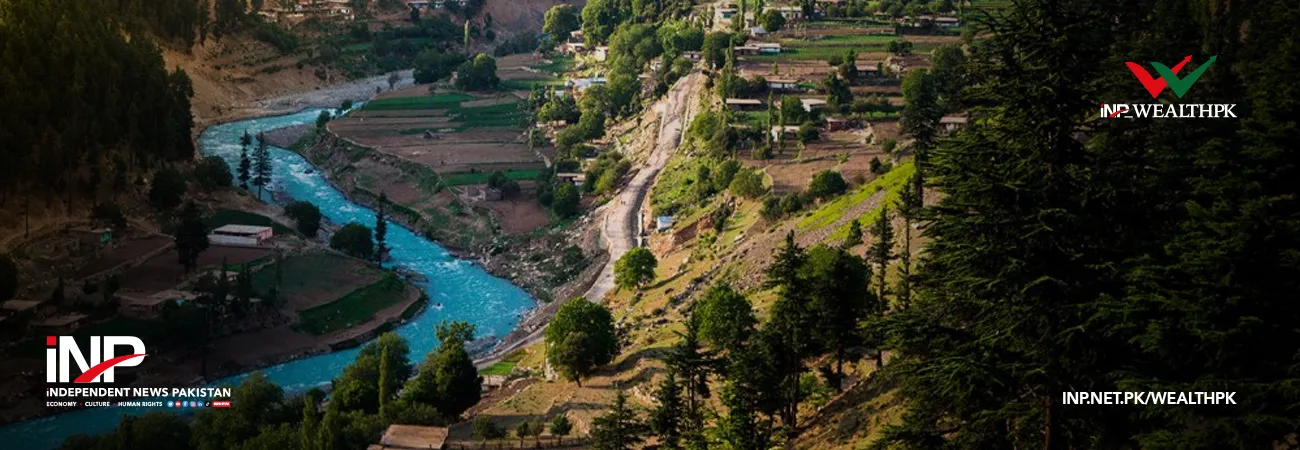INP-WealthPk
Faiza Tehseen
Sustainable tourism practices can turn the Galiyat region into a premier tourist destination, attracting visitors from around the world. “Galiyat region is located in the northern areas of Pakistan, mostly in Khyber Pakhtunkhwa province and parts of Punjab. It is characterised by forests, meadows, traditional villages, hills, mountainous topography, giant rocks and high altitudes. All the Galiyat valleys are a full package of different ecosystems and wildlife habitats,” said Naveed Anjum, head of sales and marketing at Tourism Development Corporation, Punjab, while talking to WealthPK.

He said that the Galiyat region is a place for eco-tourists, nature watchers, and adventure lovers, but unsustainable tourist practices are causing environmental pollution. Anjum said the Galiyat region can be accessed by road from major cities, including Lahore, Islamabad, and Peshawar. “Potohar and Hazara communities are the natives of the region.”
He said in 2024, Galiyat valley was visited by over one million eco-tourists, including international visitors. “Pine forests of Nathiagli and tranquil trails of Ayubia National Park captivate eco-conscious travellers.” Anjum said that world-class facilities, such as hiking, trekking, wildlife watching, camping, skiing, and snowboarding, could be further developed to attract more tourists. He said the most beautiful trekking points in Galiyat are Mushkpuri, Miranjani, Dugri, and Changla Gali tracks.
“Sustainable tourism practices must be promoted for preserving the region’s unique environment and cultural heritage. To make this happen, collaboration between the government bodies and local communities is needed,” Anjum emphasised. “Responsible tourism practices must be introduced to preserve the natural beauty of Galiyat,” stresses Sahib Noor, Chief Executive Officer of a tour operator, Concordia Expedition Pakistan.
Speaking to WealthPK, he said Galiyat is not just a place for tourism; it is home to diverse ecosystems and habitats of various wildlife. “To manage the increasing influx of tourists, accommodation standards of hotels and guesthouses should be improved. Such facilities should be registered only when they ensure quality accommodations, hospitality and other services,” he said.
Noor said that a lack of proper waste disposal mechanisms, rampant deforestation, and water shortages are barriers to sustainable tourism. “Inadequate infrastructure, including insufficient parking lots, absence of essential public amenities, including toilets and recreational parks, are factors diminishing tourist experience in Galiyat.” “Promoting tourism practices that do not cause any environmental harm is a must. So, policymakers should keep this in mind while devising policies for tourism promotion,” Noor stressed.
Credit: INP-WealthPk













